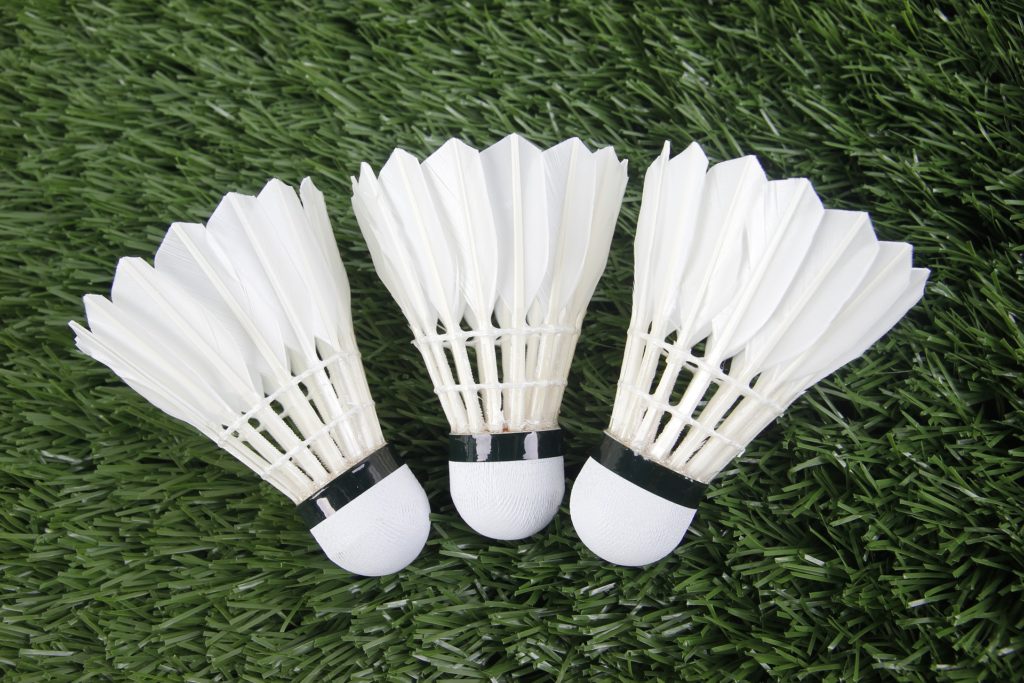
The history of shuttlecocks can be traced back to the 5th Century B.C. when players used to play a game named ‘’Ti Jian Zhi’’. The goal of this game was to keep a shuttle in the air by using all body parts except the hand. This is against what most people believe that badminton became a sport in the 1992 Olympics. In those times, shuttles were made from a very heavy cock and some colorful feathers fixed vertically. But, as time has evolved, so has the construction of the shuttlecock. This article discusses how shuttlecock is made.
If you are curious about making of Badminton racket and shuttlecock feathering. Following are interesting articles!
What are shuttlecocks made of?
To start, let us discuss the basics of a shuttlecock. It has cork usually made of rubber in the base, some feathers either natural or synthetic fixed into the flat side of rubber in a round shape. This shape makes a shuttle streamlined and aerodynamic so that when a shuttle is hit, it will always fly in the cork-first position.
Shuttlecock Feathers:
Afterward, let’s talk about the feathers that are used in badminton. The length of feathers used varies between 60 mm (2.3 inches) to 72 mm (2.8 inches). This length is independent of the type of feathers used i.e. natural or plastic. In the feather shuttlecock, there are 16 feathers mostly taken from a duck. The reason for choosing duck feathers is their softness and shape of them. These feathers are then washed, dried, and fixed into the cork from the tip with glue. The feathers are then tightened together either by thread or melted plastic. Professional players prefer such shuttles because they offer extremely good flights and are very easy to slice.
However, natural feathers have a short lifecycle and could break easily. Moreover, they require to be humidified hours before the game for their optimal usage hence are not suitable for beginners. So, there is an option of synthetic feathers made of polymer to increase strength and durability. Such shuttlecocks are referred to as ‘Plastics’. They deliver more speed and are economically friendly hence are becoming popular. As far as measurements are concerned, there is a choice of +-10 percent variation as compared to the feathers one.
Shuttlecock Weighs about:
The World Badminton Federation (WBF) has decided on several standards regarding the weights of the shuttlecocks. According to the guide published by the federation, the weight of the shuttle should be between 4.7 grams to 5.6 grams or 0.16 ounces to 0.195 ounces. Individually, each feather could be around 0.2 grams to 0.4 grams each. The cork is the heavier part of the shuttlecock due to its leather coating and it could reach up to 2 grams based on the coating. It is advised, however, to view your playing conditions, the sea level and then decide based on these factors about which shuttlecock to buy.
Conclusion:
It is hoped that this article has informed you about how shuttlecock is made? In the end, as the times are changing, the requirements for an economic, convenient durable shuttle are increasing. Several experiments are being made about the hybrid shuttlecocks which will contain elements of nature as well as synthetic materials. However, it will take some time for WBF to decide and then enforce these shuttles in international matches.